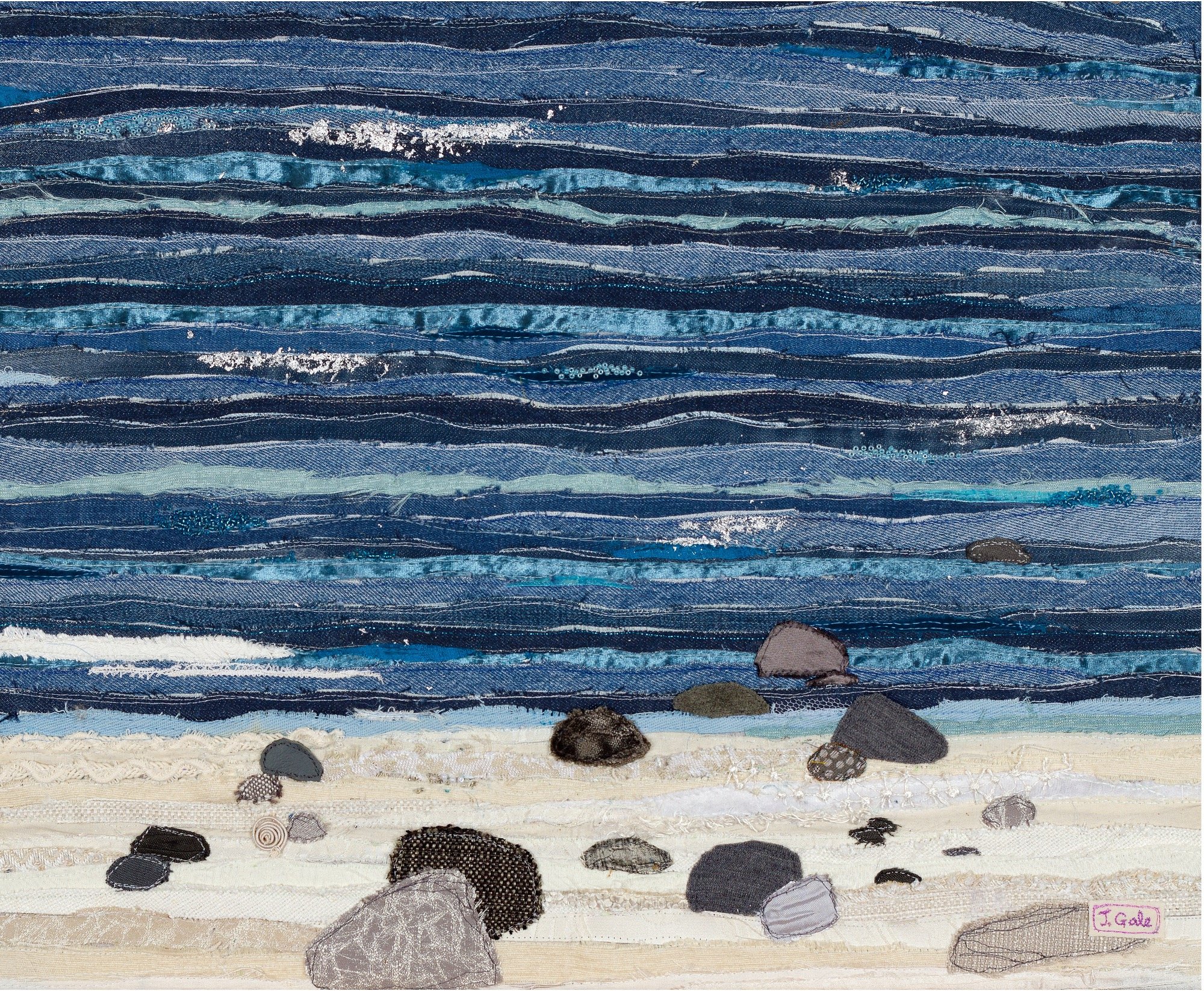
Caring For Your Artwork
You've bought a unique piece of artwork, decided where to display it and now have the pleasure of enjoying it every day. However, like any investment, a piece of art needs a little tender loving care to ensure it will look its best for decades and of course, there is every chance it will increases in value, especially if it is well preserved.
With textile art there are extra considerations and I'm often asked about this, particularly when people purchase an original piece. In fact, there are special considerations for all types of art, including paper prints and canvas style. As I offer artworks presented in these ways, I thought I would highlight a few do's and don'ts to help you protect your precious and often irreplaceable pieces!
1. Light
Direct sunlight can cause irreversible damage to any piece of art. The effect of artificial light is less acute, although fluorescent tubes do emit substantial amounts of UV. Incandescent light sources are the least harmful, but the heat they generate can still, like sunlight, damage an artwork. It is recommended that low wattage light bulbs in a room are used and direct use of spot lights on pictures is avoided.
Original artworks can be vulnerable which is why I recommend they are glazed with UV resistant glass.
Prints and canvases have extra protection if they are 'Giclee prints'. The Giclee process is a fine art process using special inks, paper and a printing technique that protects from fading, even when exposed to strong light. However, I would still recommend they are not positioned facing direct sunlight, if it can be avoided.
2. Humidity and Temperature
Try to avoid subjecting your artworks to extreme changes in temperature. Avoid excess humidity, heat or cold. Placing a piece of art above a radiator, for example, should be avoided if possible.
Ensure the wall you are hanging your art on is free of damp or mould growth. Again, all artwork should be framed and mounted with acid free materials (as mine are!) to ensure they are protected but mould growth exposure over a long period of time could cause damage.
Original art usually has a variable amount of organic material and extremes and fluctuations of temperature and humidity can place an artwork under stress since they set up a cycle of rapid expansion and contraction.
People often ask me about hanging art above an open fire. Many people hang are over fireplaces with no issue but its worth bearing in mind that aromatic hydrocarbons in smoke can be invasive and can get into the frame and then into the art work. If you regularly light open fires, it may be wise to reconsider the position.
Ensure your artwork is hung in well ventilated areas. Kitchens and particularly bathrooms can be a concern due to the levels of humidity. However, if these areas are well ventilated, the risk is much lower.
3. Dust!
Dust in unavoidable and of course some houses are dustier than others! Dust mites can be abrasive to artwork and need to be kept under control!
Dust your artworks with a clean, soft rag at least once a fortnight to prevent dust buildup. Do not use cleaning products or water!
Unglazed work can be particularly vulnerable to dust attack so do check them more often.
General Do's and Don'ts
Always use a professional framer! Acid free materials are essential for preservation of your art and many 'off the shelf' frames are not made from these materials.
Check your artwork regularly for dust and any sign of discolouration or damage. If you have any concerns, take your art along to a professional framer for a check up! Any issues can usually be sorted if spotted early.
Don't keep your art wrapped in plastic for a long period of time. They may start to grow mould if there is any humidity in the air. Cotton sheets are best.
Wrap art very carefully when transporting. You can never overdo it!!
Never glaze canvases. They are an organic material and need to breathe. Framing is fine but not glass.
Don't store art in poorly ventilated areas - sadly a common practice. If this is the case, get it checked over by a professional framer before you display it - the piece can be thoroughly inspected for any possible damage.
Finally, enjoy your art! Any artwork you have purchased from myself will have been framed (and printed) to the highest possible standard. This gives both me and yourself total reassurance that in the right environment your artwork will look its best for decades to come.
I hope this was useful!
If you have any questions please do not hesitate to get in touch via my website or message me directly at jackiegaleart@gmail.com
